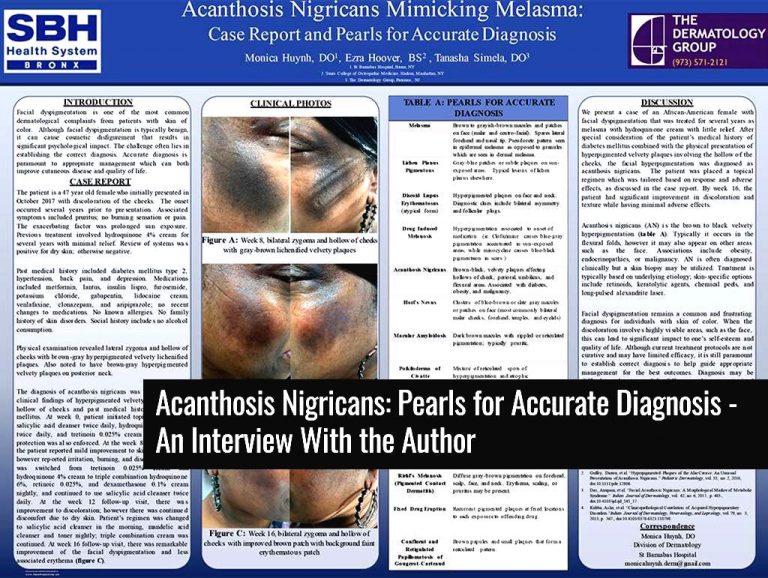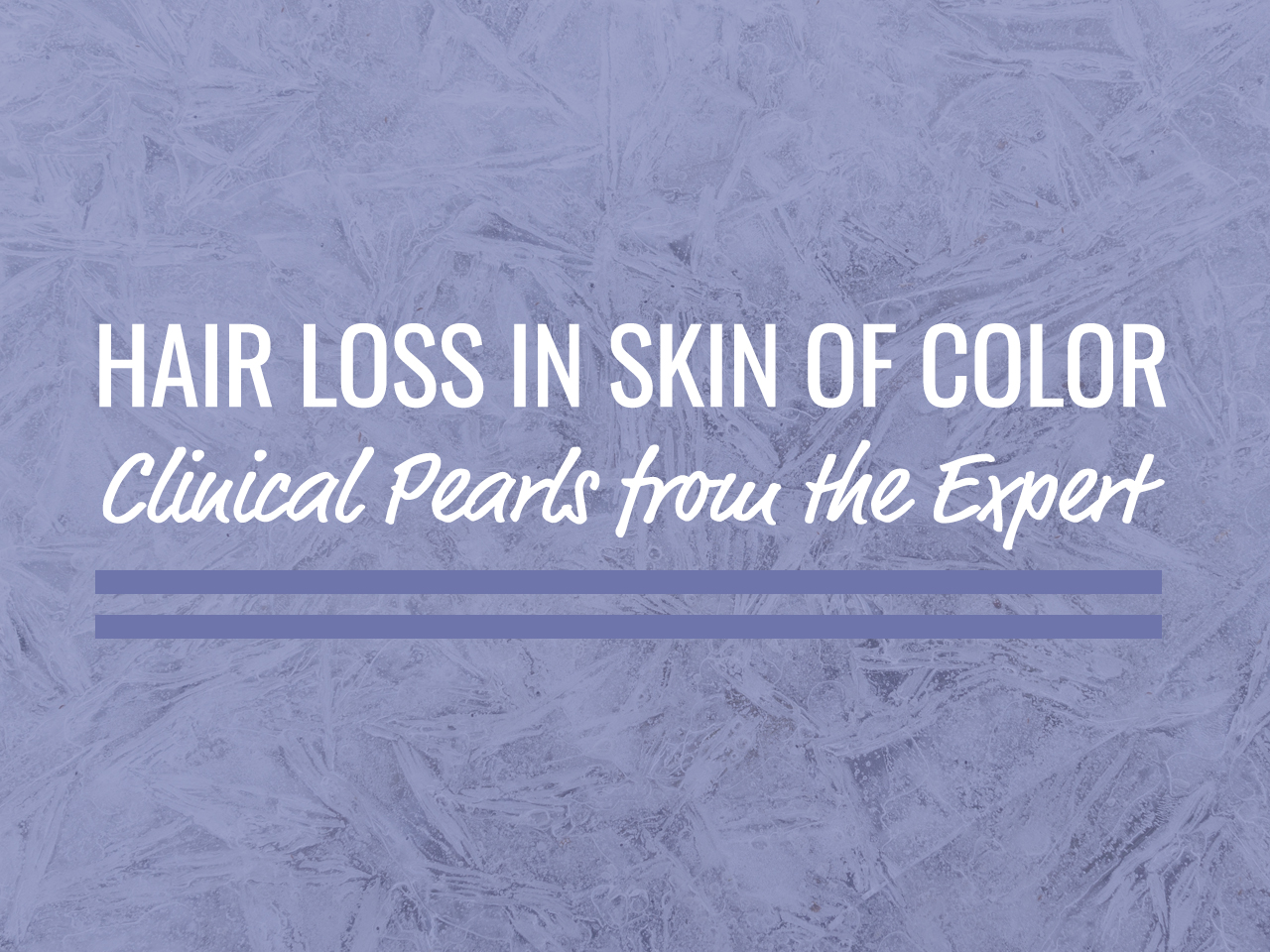Source: Dermatology Times
Eliot F. Battle, Jr., MD
The most discussed topic and most controversial session (in a good way) at this year’s Skin of Color Seminar Series in New York City was the panel discussion on the increasing trend of total body skin lightening and the ethical and health concerns that shadow it.
I started the panel discussion by outlining the medical and ethical concerns facing dermatologists regarding patients who are seeking treatments for total body lightening. I was followed by comments and a slide presentation from Dr. Valerie Callender, some practical advice by Dr. Seemal Desai ― who is considered one of the leading experts on skin pigmentation, and the conference’s co-founder and skin of color expert, Dr. Andrew Alexis who shared pearls of wisdom on the subject.


